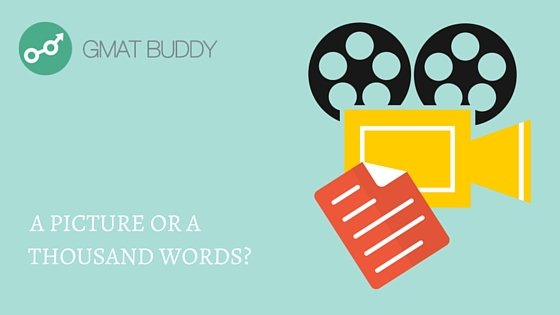Good theory and sailing the GMAT
[fruitful_sep] Like in science, sport or any other field, the GMAT requires a mastery of a specific set of theory in order to do well. Doing well means being flexible enough to apply your knowledge in different scenarios and situations. Consider sailing for example. Imagine that you take your first class one …







